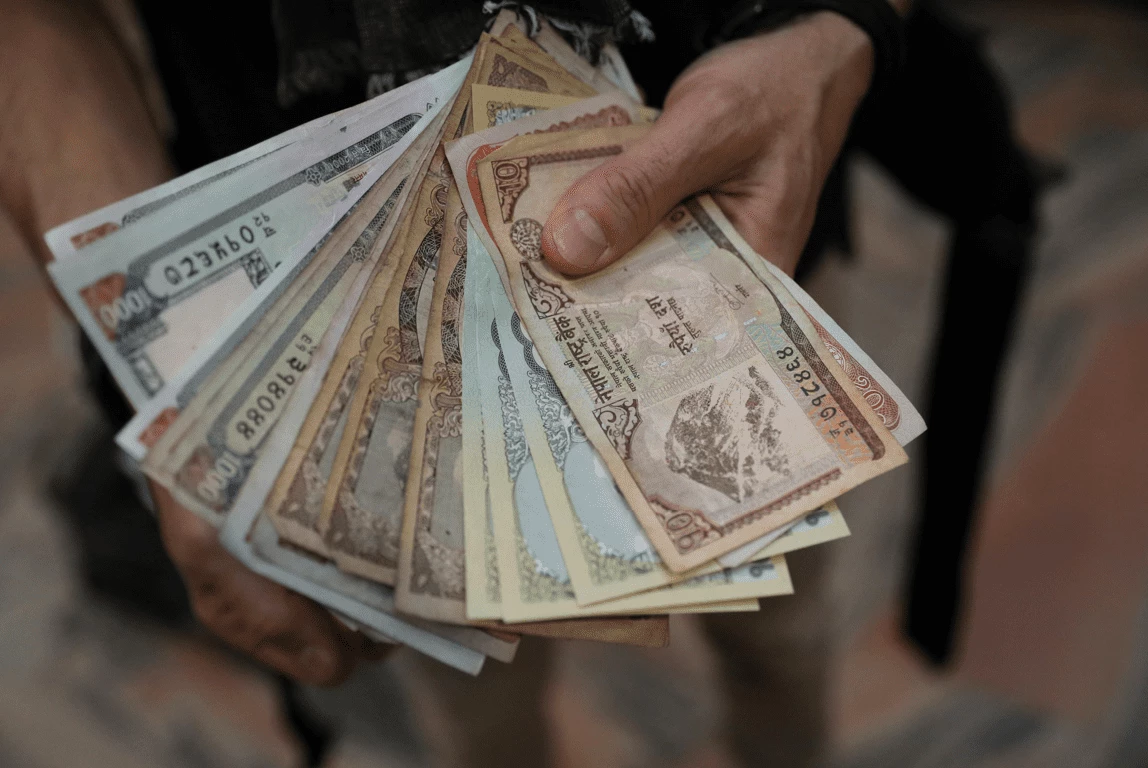Though the South Asia Region (SAR) contains just eight countries, it accounts for almost a quarter of the world’s population. But it also carries an increasing share of global debt.
The big picture
Half of the countries in the region—Afghanistan, Maldives, Pakistan, and Sri Lanka—are either in debt distress or at high risk of it. In 2006, South Asia’s total external debt stock increased by a record 23 percent. In 2022, the ratio of government debt-to-GDP in the region averaged 86 percent, higher than that of any other emerging market and developing economy (EMDE) region.
Yet South Asia has largely avoided debt crises or rescheduling in the past. Only Afghanistan (under the Heavily Indebted Poor Countries Initiative, HIPC), Pakistan, and Sri Lanka have restructured their external debt. Nevertheless, the World Bank SAR Chief Economist’s Office has highlighted the region’s debt burden as a major factor that contributes to its fiscal fragility; while poverty estimates for SAR have increased by 16 million, making it home to a majority of the world’s poor who live on less than $3.65 a day.
SAR’s total long-term public and publicly guaranteed (PPG) external debt has nearly doubled over the past decade, from US$221.3 billion in 2012 to US$418.6 billion in 2022. Furthermore, all countries in the region, except India, are IDA-eligible borrowers, which means they receive zero to low-interest loans and grants for programs that boost economic growth, reduce inequalities, and improve people’s living conditions from the World Bank’s International Development Association. Their total PPG external debt grew by 9.2 percent to US$212 billion in 2021, and by 0.6 percent to US$213 billion in 2022.
The role of private, bilateral and multilateral creditors
While private creditors’ lending has fluctuated, multilateral creditors like the World Bank and bilateral creditors like individual governments have increased their lending to South Asian countries over the past three years.
Though bondholders expanded their investments in the region from 2014 to 2019 and even surpassed bilateral lending, this trend reversed when multilateral institutions stepped up during the pandemic. In 2022, bondholders’ claims fell 4.2 percent to US$94.8 billion and other private creditors’ claims fell 5.4 percent to US$51.2 billion. Against recent trends, China’s PPG claims in the region also fell by 3.4 percent to US$38.5 billion, while other bilateral claims increased by 4.1 percent to fill this gap.
The eight SAR countries now owe, on average, 47 percent of external public debt to multilateral creditors, 34 percent to bilateral creditors, and 19 percent to private creditors. Multilateral creditors are still prominent in the region, and in particular in India.
Since graduating IDA in FY2014, India has gone on to come one of the largest borrowers of the World Bank Group’s arm focused on market-based and creditworthy client countries, also known as the International Bank for Reconstruction and Development (IBRD).
Pakistan, the region’s only “blend” country (both IDA-eligible and creditworthy for IBRD borrowing), and Bangladesh are historically among the largest beneficiaries of IDA loans: US$5.3 billion in 2021 and US$2.7 billion in 2022 to the two countries combined.
These three countries, which are IDA’s largest borrowers, account for 29 percent of its entire portfolio at the end of 2022.
Which are the region’s largest creditors?
Among bilateral creditors, Japan lent US$40.7 billion to South Asia countries in 2022, making it the largest bilateral creditor (36 percent), followed by China (34 percent), Russia (9 percent), and India (5 percent). Different countries also concentrate their borrowing on specific creditors. India owes 72 percent of its bilateral debt to Japan, while Maldives and Pakistan owe 62 percent and 67 percent of their respective bilateral debt to China.
India is also an important creditor to low- and middle-income countries (LMICs). India’s outstanding public bilateral debt claims on these countries totaled US$11.7 billion at end-2022, more than double that of 2012. Bhutan owed 97 percent of its US$2 billion total bilateral debt stock to India in 2022. In 2020 during the pandemic, Bhutan received only one bilateral commitment – US$480 million from India. Also, Bangladesh owed India US$1.2 billion by the end of 2022, up from US$0.5 billion at the end of 2019.
Equity flows: The power of India
Regarding SAR’s equity flows, portfolio equity flows turned negative in 2022 to the tune of US$17 billion in outflows, mostly driven by India as the region’s largest economy. India has always received most of the region’s foreign direct investment (FDI), never falling below 85 percent of the region’s total since 2012.
As a result, the total amount of equity flows to the region is largely determined by India. Excluding India, South Asia’s seven IDA-eligible borrowers together recorded outflows multiple times over the past decade: in 2016 (US$201 million), in 2018 (US$533 million), in 2020 (US$1 billion), and in 2021 (US$870 million).
An increased reliance on non-concessional borrowing
South Asia’s IDA-eligible borrowers also increased their non-concessional borrowing over the past decade. The share of non-concessional borrowing as a percent of external PPG debt in IDA-eligible countries has increased from 42 percent (2012) to 70 percent (2022). For IDA-only borrowers, this ratio jumped from 42 percent to 61 percent.
With over US$573 billion in new commitments to the region and almost double the debt stock at US$459.3 billion in the same period, this raises potential concerns about debt sustainability. Along with mounting borrowing costs, shorter maturities, and greater rollover risks, higher debt service payments could drain critical funds from critical social and public spending.
Increased borrowing also amplifies concerns about debt transparency. According to a World Bank paper published in 2021, the South Asia region is exposed to hidden debt risks and contingent liabilities from state-owned enterprises, state-owned commercial banks, and public-private partnerships, due to its heavy reliance on state off-balance sheet operations. India, Pakistan, Bhutan, and Sri Lanka are prominent users of these public agents, including at a subnational government level. Limited available data on the region’s domestic debt issuances, especially considering Sri Lanka’s ongoing debt restructuring challenges, is a concern in the context of reducing the risk of debt distress.
The state of arrears in South Asia
Another notable trend in the region is the steadily growing principal and interest arrears. In the past decade until 2021, arrears for the region have grown at an average rate of around 25% a year. With Bangladesh no longer reporting arrears since 2015, only Afghanistan and Sri Lanka now report arrears. In 2021, Afghanistan had the highest arrears at US$812.9 million, mostly owed to Russia; followed by Sri Lanka at $308.8 million.
Due to Sri Lanka’s economic crisis and consequent default in May 2022, arrears jumped to nearly US$3 billion and far surpassed its regional peers. Although the expansion of Sri Lanka’s debt burden disproportionately drives up the growth of SAR’s arrears, Afghanistan’s arrears grew by 10 percent.
South Asia is expected to grow faster than any other developing country region in 2024. India’s real-GDP is forecast by the IMF to grow by 6.3 percent annually over the next few years. Rapid increases in debt levels could raise concerns about the region’s debt sustainability, transparency, and fiscal stability. Although the region’s debt outlook is not particularly distressing since its gross national income (GNI) growth has outpaced external debt, these fiscal trends warrant ongoing scrutiny.
Exploring South Asia’s debt dynamics helps us understand and better manage fiscal risks. Preparing for these challenges is crucial as the world economy embarks on transformations in energy, environment, and trade. The World Bank’s International Debt Report (IDR) supports policymakers and analysts by monitoring aggregate and country-specific trends of LMICs’ external debt.
Read our 50th Anniversary publication for the latest analyses and debt statistics.




Join the Conversation